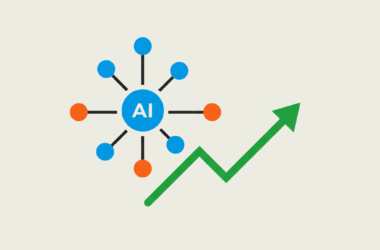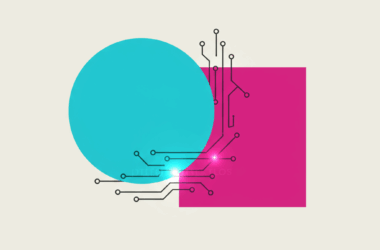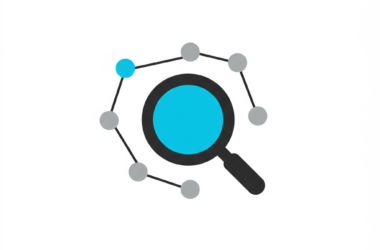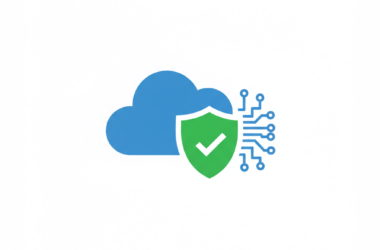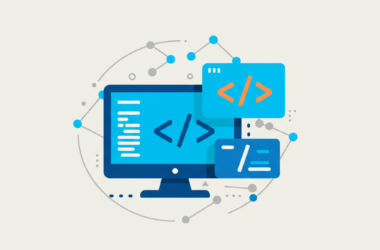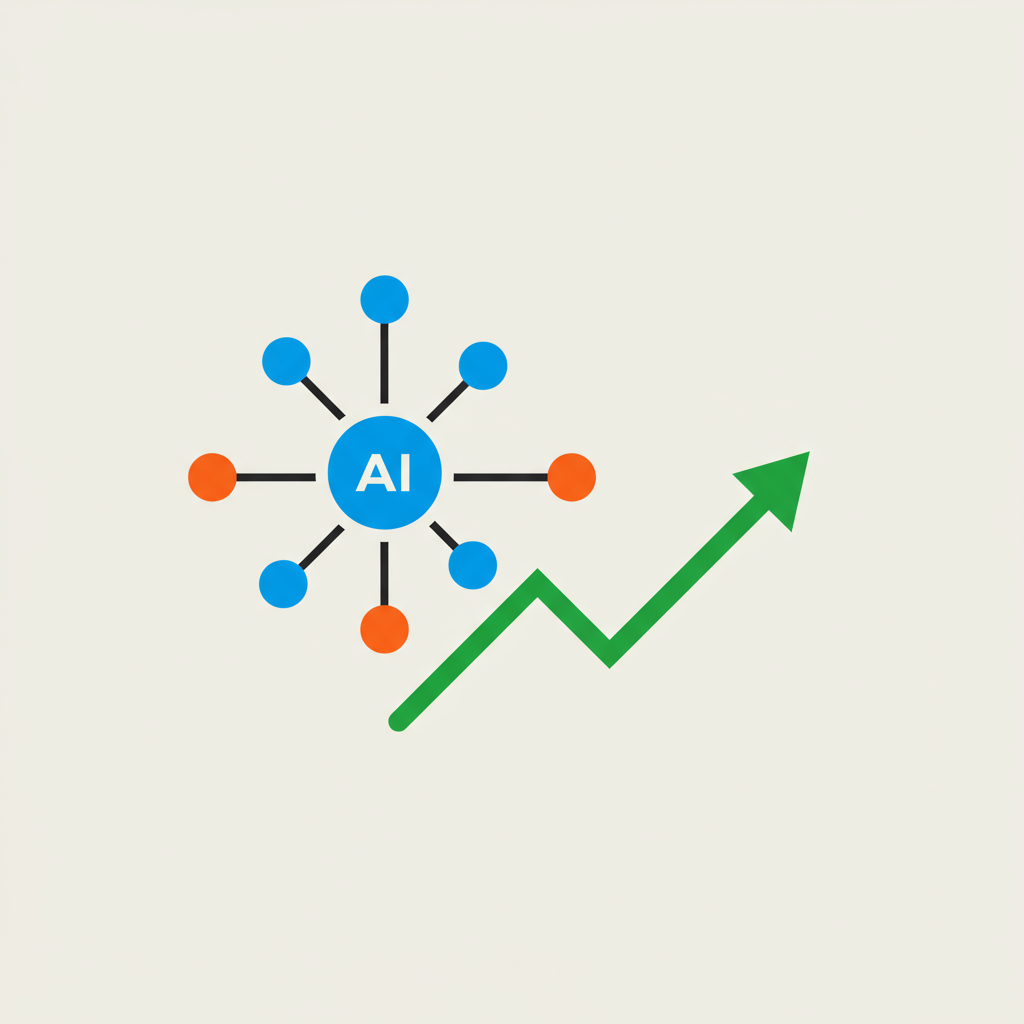
An organization has detailed its latest framework dedicated to evaluating and addressing the wide array of potential harms arising from rapidly advancing AI technologies. The initiative sets out to examine threats ranging from catastrophic scenarios and biological risks to issues that directly affect child safety, the spread of disinformation, and fraudulent practices—all while ensuring that the beneficial aspects of AI are preserved.
This comprehensive framework is designed to complement an existing Responsible Scaling Policy, which primarily focuses on severe, catastrophic risks. By broadening the scope of risk assessment, the team aims to systematically understand and mitigate potential negative outcomes. The approach underscores the importance of incorporating structured evaluations that consider not just isolated incidents, but a spectrum of harms that may impact society both in the immediate and longer term.
Central to the framework is an adaptable system that supports clear communication, informed decision-making, and the development of targeted solutions. The methodology assesses AI impacts across several key dimensions:
- Physical Impacts: Effects related to bodily health and overall well-being.
- Psychological Impacts: Influences on mental health and cognitive functioning.
- Economic Impacts: Financial consequences and issues concerning property and assets.
- Societal Impacts: Broader effects on communities, institutions, and shared infrastructures.
- Individual Autonomy Impacts: Changes affecting personal decision-making and freedoms.
For each of these dimensions, the team examines factors such as likelihood, scale, affected populations, duration, causal relationships, the role of technology, and the feasibility of mitigation measures. This detailed investigation provides a clearer picture of the real-world significance of various potential harms.
To manage risks effectively, the organization employs multiple policies and practices. These include maintaining a comprehensive Usage Policy, conducting thorough evaluations (such as red teaming and adversarial testing), utilizing sophisticated detection techniques through projects like advanced misuse detection, and implementing robust enforcement measures that range from prompt modifications to account blocking. For instance, the application of novel methods like hierarchical summarization has proven effective in detecting potential harms while upholding privacy standards.
The framework’s practical applications are evident in scenarios such as enhancing computer use functionality. As AI systems begin interfacing with various computer platforms, the team carefully examines associated risks—including those related to financial software, banking systems, and communication tools—thereby ensuring that adequate monitoring and prevention measures are in place. In additional evaluations of model response boundaries, a nuanced balance is maintained between providing helpful user responses and preventing the dissemination of information that could lead to harm. Adjustments made in these areas, especially for models handling ambiguous prompts, have notably reduced unnecessary data refusals while still maintaining strict safeguards for vulnerable populations.
Looking ahead, the organization acknowledges that as AI systems become even more advanced, unforeseen challenges will likely emerge. The framework is envisioned as a dynamic tool—one that will continue to evolve in response to new insights and real-world experiences. Emphasizing the need for collaboration, the team invites researchers, policy experts, and industry partners to join in refining these strategies. Those interested in engaging with these efforts can connect via email at usersafety@anthropic.com.
Recent updates have highlighted several key areas of focus, including:
- Exploration of innovative research directions to further enhance AI safety.
- Introduction of new product features aimed at balancing risk and usability.
- In-depth reports examining how university students are engaging with emerging AI technologies.
This integrated approach marks a significant step forward in the ongoing effort to responsibly develop and deploy AI, ensuring that its benefits are maximized while potential harms are carefully managed.


